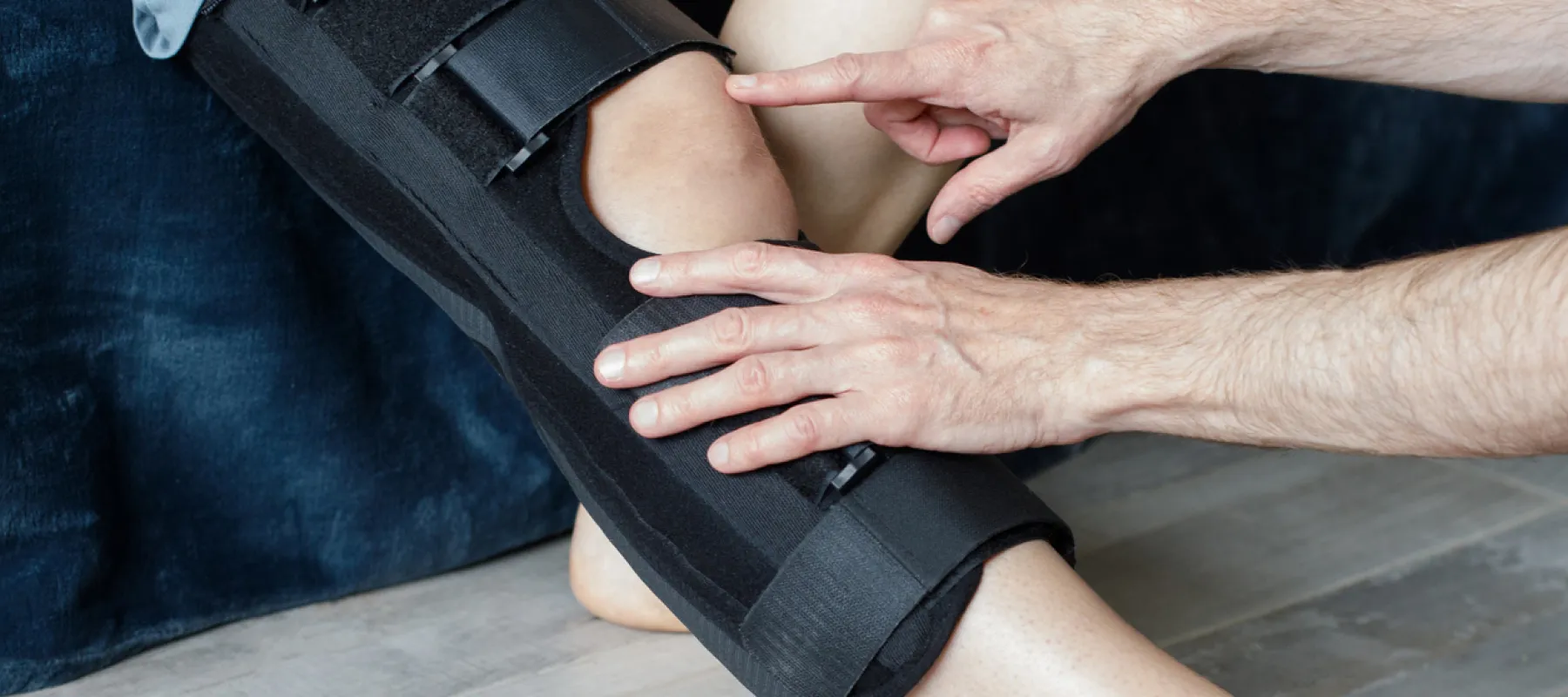
Understanding Meniscus Tears
Written by: Dr. Prash Bremjit
What is a Meniscus Tear?
A meniscus tear is a common knee injury that affects the meniscus, a C-shaped piece of cartilage that acts as a cushion between the femur (thigh bone) and tibia (shin bone). Each knee has two menisci—medial (inside of the knee) and lateral (outside of the knee) —which help stabilize the joint, absorb shock, and distribute weight. Meniscus tears can occur due to sudden twists or turns, especially during sports, or from age-related degeneration.
Causes of Meniscus Tear
Meniscus tears can be caused by:
Degenerative Changes: Age-related wear and tear can weaken the meniscus, making it more susceptible to tears, even with minor movements.
Acute Injury: Sudden movements, such as twisting or pivoting the knee, often seen in sports like soccer, basketball, or skiing.
Symptoms
Patients with a meniscus tear typically experience:
Pain in the knee, especially along the joint line.
Swelling and stiffness.
Difficulty bending and straightening the leg fully.
A catching or locking sensation in the knee.
Feeling of the knee giving way.
Nonsurgical Treatment Options
Almost all meniscus tears can be managed effectively without surgery, focusing on reducing symptoms and promoting healing. Common nonsurgical treatments include:
RICE Protocol:
Rest: Avoid activities that exacerbate pain or strain the knee.
Ice: Apply ice packs to the knee for 20 minutes several times a day to reduce swelling and pain.
Compression: Use an elastic bandage or knee brace to help control swelling.
Elevation: Keep the knee elevated above heart level to minimize swelling.
Physical Therapy: A structured physical therapy program is crucial for strengthening the muscles around the knee to decrease the load on the joint itself, improving range of motion, and enhancing stability. Exercises typically focus on quadriceps and hamstrings, as well as balance training.
Medications: Over-the-counter pain relievers like ibuprofen or naproxen can help manage pain and reduce inflammation.
Activity Modification: Adjusting daily activities to avoid putting excessive stress on the knee can aid recovery. Low-impact exercises such as swimming or cycling can help maintain fitness without aggravating the injury, followed by gradually getting back into desired activities.
Injections: Corticosteroid injections may be used to reduce inflammation and provide pain relief in some cases.
Recovery Time
Recovery time from a meniscus tear varies depending on the tear's severity, location, and the patient's overall health. Mild to moderate tears managed conservatively can take around 6-8 weeks for symptoms to resolve. Adherence to a rehabilitation program is crucial for optimal recovery. More severe tears, especially those involving significant joint instability, may take longer and sometimes do not heal completely without surgical intervention.
Avoiding Surgery
Surgery, while effective for certain types of meniscus tears, is often considered a last resort due to several reasons:
Risks and Complications: Surgery carries inherent risks such as infection, blood clots, and adverse reactions to anesthesia.
